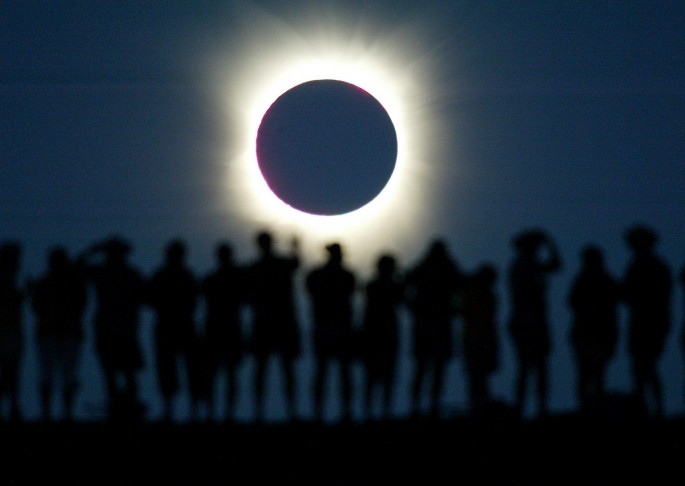The September sky will host some incredible sky events of the year 2015. The sky gazers will get the opportunity to witness several spectacular views as the moon comes closest to Eath. Besides equinox, the ninth month of the year will offer the chance to observe a Partial Solar Eclipse, a Total Lunar Eclipse, final Blood Moon and a Supermoon, all in one month. Here is a guide to major astronomical events taking place in September including New Moon, Full Moon and more.
New Moon: According to Seasky.org, the New Moon occurs on Sept. 13, 2015. The event reaches its peak at 06:41 UTC. On this day, the moon will remain hidden in the sky. Thus it is a great opportunity for the astronomy enthusiasts to observe other celestial bodies.
Full Moon/Supermoon: On Sept. 28, Full Moon will rise in the sky positioned opposite to the Earth. It is also known as Supermoon because the moon will be at its maximum proximity to the Earth this year. Thus it will appear bigger than the usual. According to abovementioned website, this moon is also known as Harvest Moon and Full Corn Moon. It is the second of the three Supermoons of the year, next rising on Oct. 27, 2015.
Partial Solar Eclipse: On Sept. 13, the moon blankets the sun partially causing Partial Solar Eclipse. The astronomical event reaches it greatest point at 06:52 UTC. However, the sight will be visible from very few locations. According to Time and Date, the eclipse will be seen by those located in Southern Africa and Antarctica as well as Atlantic and Indian Ocean.
Lunar Eclipse: On the night of Sept. 27-28, Total Lunar Eclipse will take place. This happens to be a rare occultation as it occurs on the same day as the Supermoon rises. While sun, moon and Earth align, the moon will be at its closest ever approach to earth in the year of 2015. The Lunar Eclipse reaches its maximum point on Sept. 28, 2015 at 2: 51 UT, according to Earthsky.org. This happens to be the final eclipse of the lunar tetrad. Thus it is also called Blood Moon.
For those residing in North America and South America, the best time to witness the Lunar Eclipse is after the sun goes down on Sept. 27. The rare astronomical event will also be visible to those in Europe, Middle East and Africa. They can view the spectacular sight after midnight on Sept. 28.
September Equinox: On Sept. 23, autumnal or fall Equinox takes place. The sun will cross the plane of the earth's equator moving towards the south. Day and night will be of almost same length. It marks the beginning of fall in Northern Hemisphere and start of the spring in Southern Hemisphere. The equinox peaks at 8:21 UTC.
Some other astronomical events occurring in September 2015 are Neptune at opposition on Sept. 1 and Mercury at the Greatest Eastern Elongation on Sept. 4.



























